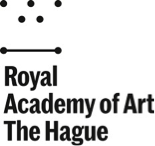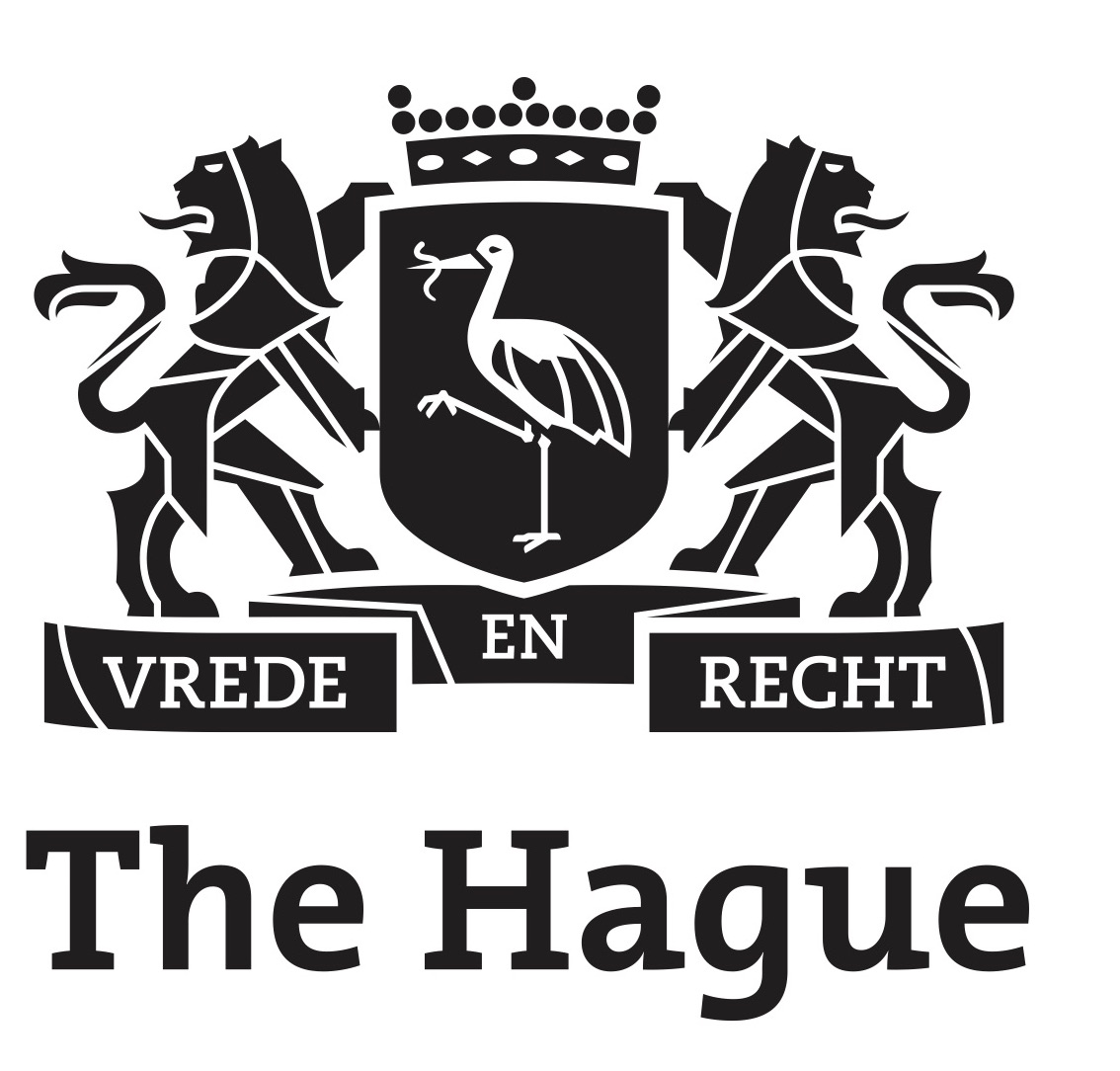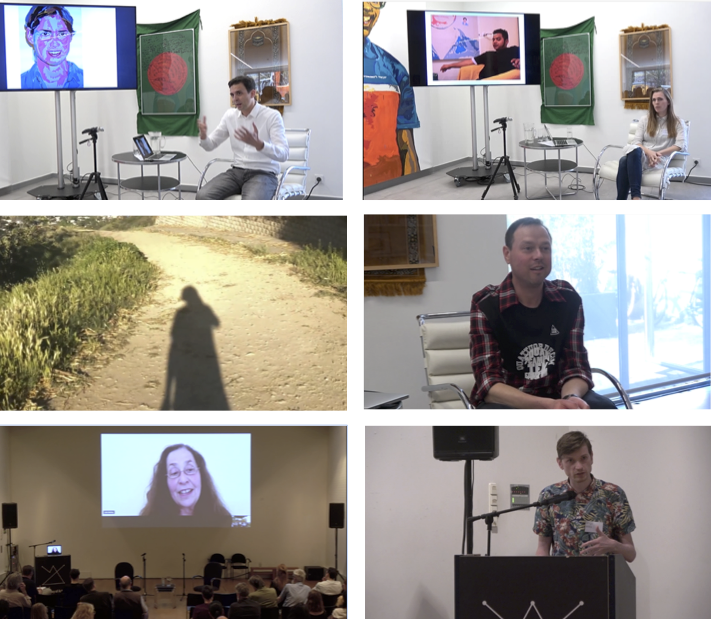SYMPOSIUM FRAMING ARTISTIC PRACTICE
Shah Jahan Miah as a case study
FRIDAY 20-04-2018, 10.00 – 18.30
A varied and interactive symposium programme that reflects on different ways of interpreting and framing artistic practice and production. This event accompanies the exhibition ‘Personal Pop’.
Location: Parts Project and Royal Academy of Art (auditorium), The Hague
Language: English
Event is free of charge and open to the general public
Introduction
As a means of introduction, the first part of this symposium will discuss various aspects of Shah Jahan’s life and work via informal presentation at the exhibition venue. The afternoon programme at the Royal Academy of Art is structured around his main sources of inspiration, and moreover, they are entry points to discuss broader themes. Together, we will reflect on artistic production and potential framings at the level of the individual work, the person of the artist and the total body of work. Shah’s work will thus be taken as a lens to address topical issues relevant to (developing) artists and art critics e.g. how to interpret and frame artistic practice? We aim for a varied and interactive programme. For the afternoon programme, Parts Project is partnering with the Lectorate Art Theory & Practice.
Exhibition booklet can be downloaded here.
Time schedule
At the venue of Parts Project, Toussaintkade 49, The Hague.
| 10:00 – 10:30 | Registration and coffee/tea and exhibition visit |
| 10:30 – 10:35 | Welcome by Cees van den Burg, Parts Project |
| 10:35 – 10:55 | Josep Turro Bassols, patron and close friend of Shah Jahan since the beginning of their studies at Oxford University |
| 10:55 – 11:15 | Judith de Bruijn, art historian and biographical researcher Shah Jahan |
| 11:15 – 11:25 | Video message by Nathaniel Mellors, artist and fellow participant at the Ruskin School of Art in Oxford |
| 11:25 – 11:40 | Bert Frings, artist, friend and fellow participant at De Ateliers |
| 11:40 – 11:45 | Letter from Sara Sejin Chang van der Heide, artist and fellow participant at De Ateliers |
| 11:45 – 12:00 | Q & A |
| 12:00 | Lunch and travel to KABK |
At Auditorium, Royal Academy of Art, Prinsessegracht 4, The Hague.
| 13:15 – 13:20 | Introduction by Mariska ter Horst, curator |
| 13:25 – 14:00 | Talk (via Skype) by Shelley Sacks, social sculpture practitioner, researcher, teacher, writer, Professor in Social Sculpture and Connective Practice and Director of the Social Sculpture Research Unit at Oxford Brookes University |
| 14:00 – 14:30 | Session I moderated by Ludmila Rodrigues, artist, designer, researcher and guest lecturer Royal Academy of Art |
| 14:30 – 15:05 | Talk by Mustafa Maluka, artist and cultural analyst, fellow participant of Shah at De Ateliers |
| 15:05 – 15:35 | Session II moderated by Dominic van den Boogerd, art critic and Director of De Ateliers |
| 15:35 – 16:00 | Coffee/tea & screening screening of video Shah Jahan Installation 1 (1997) |
| 16:00 – 16:35 | Talk by Thijs Witty, PhD fellow at the Amsterdam School for Cultural Analysis, lecturer at the Amsterdam School for New Dance Development, tutor for Theory and Writing, Royal Academy of Art |
| 16:35 – 17:05 | Session III moderated by Kitty Zijlmans, Professor of Contemporary Art History and Theory/World Art Studies, Leiden University |
| 17:05 – 17:30 | Student presentations in response to Call for Papers Soren Rokx Nellemann (poem, painting and collage); Sophie Mak-Schram (paper); Denisse Vega de Santiago (paper). |
| 17:30 – 18:00 | Concluding remarks and/or provocative propositions by Rob Birza, artist, tutor at De Ateliers, Arno van Roosmalen, Director Stroom, Tatjana Macic, artist, teacher Artistic Research and Head of Research and Discourse at Royal Academy of Art |
| 18:00 – 18:30 | Drinks |
Other video registrations of this symposium are available for educational purposes with password only access. Please send an email to Mariska_ter_Horst@yahoo.com for more information. Thank you for your interest.
This event is kindly supported by:
Afternoon programme
Session I Reflection focused on work of art in a global society
“Everyone is an artist. Everyone possesses creative faculties that must be identified and developed.”
Shah Jahan was well acquainted with the work of other artists, both historical and contemporary. One of the most important historical figures for Shah was Joseph Beuys, even so before he entered Ruskin School of Fine Art and De Ateliers. He showed particular interest in ‘everyone is an artist’, ‘social sculpture’ and ‘Energy Plan for Western Man’ and intended to build these ideas as became apparent in his application to De Ateliers with the title ‘Energy Plan for Western Man Exhausted?
Beuys was a source of inspiration for many other artists working against the logics of modernism at the time. In this session we will begin by exploring the meaning of these particular concepts and their relevance for today’s artistic practice with a focus on artistic research and social sculpture. Shelley Sacks who has spent many years working with such concepts and developing interdisciplinary ‘connective practices’ will look at the importance of art education that enables us to work from what Beuys described as ‘inner necessity’ and with the ‘invisible materials’ of speech, discussion and thought. In addition this this approach that is an antidote to getting lost in the work of other, she will outline her perspective on the significant differences between social commentary, art and activism, socially engaged art practice and contemporary social sculpture.
Speaker Shelley Sacks is a social sculpture practitioner, cultural activist and researcher-teacher-writer, enabling people to become ‘agents of change’ responding to the eco-social challenges of our world. Like Joseph Beuys, her teacher, with whom she collaborated for many years, Shelley’s work explores what Beuys’ statement ‘every human being is an artist’ means, and how understanding this can help us in shaping a humane and ecological society. She works internationally on social sculpture projects and processes, performing, lecturing and writing. She sees her long-term projects like Exchange Values, University of the Trees: Lab for New Knowledge and an Eco-Social Future and Earth Forum as ‘instruments of consciousness’ for mind-shift work and reconfiguring our relationship to the world. She is Professor in Social Sculpture and Connective Practice and Director of the Social Sculpture Research Unit at Oxford Brookes University, Oxford, UK.
Workshop moderated by Ludmila Rodrigues, artist, designer, researcher and guest lecturer Royal Academy of Art. Some questions to kick-off exchange of thoughts:
- Joint exercise: how can we recognize Beuys’s spirit in Shah Jahan’s work? What is the relationship between this artist’s intentions and later interpretations based on experiencing his work?
- Does research into the work and ideas of other artists lead towards a greater sense of artistic freedom or does it (also) impose restrictions, and how?
- What relationships can be imagined between personal and artistic freedom on the one hand and social engagement and responsibility on the other?
- As social sculpture understands art as an interdisciplinary and participatory process and recognises all human beings as artists, what is the role of professional trained artists in today’s global society?
Session II Reflection focused on artist within the global (art) world
Shah motivated his successful application at International Studio and Curatorial Programme (ISCP) in New York in 2008 as follows: “Working in a residency led space which is very influential not only in the New York arena but more the wider global community gives scope to work on the principles of showcasing works and ideas where there is a conscious attempt to make a crossover between different social worlds, those of the art world, those of a UK artist, those of a local Birmingham artist, and those of an artist of Bengali background.”
Shah Jahan was born in Bangladesh, grew up in a Muslim community in Birmingham, has been educated in Oxford and in Amsterdam. His visual language is rooted in western art history while the subject matter often is based on his Bengali family archive, photographs and films of private gatherings. His (early) work seem to oscillate between polarities, such as innocence and violence, like in Kinder + Eggs and Rebel with Gun, or sacred and profane, visible in a framed prayer rug and Spin, a dissection of a pornographic film. Shah lived both in everyday realities and imaginary worlds, which at times became confusingly entangled. Most prominent within the exhibition ‘Personal Pop’ is the series titled Pizza Boys, more than life-size painted self-portraits of Shah Jahan in disguise: a mix of a pizza delivery man and Michael Jackson incognito, who himself struggled with the colour of his skin. As many artists prefer to distance their professional from their personal life, Shah made a conscious attempt to integrate the two.
Speaker Mustafa Maluka is an artist and cultural analyst whose work theatrically confronts the intersection between contemporary critical theory and global politics. His large-scale portraits feature transnational, racially and sexually ambiguous characters balancing life between countries and cultures. Maluka’s paintings confront the viewer with the question of how a continuous self-hood persists across a context of rupture.
Workshop moderated by Dominic van den Boogerd, art critic, art historian and Director of De Ateliers. Suggested questions to kick-off exchange of thoughts:
- How can we see Shah Jahan’s personal life reflected in his work, e.g. in choosing his subject matter or in connecting to other artists?
- Is context of the person of the artist necessary for understanding the work?
- More in general, what are the challenges of developing an artistic identity?
- Especially in times of globalisation and bearing in mind asymmetrical historical relationships, under- as well as misrepresentation of artists with a mixed background: how can an artist navigate between a multiplicity of identities, e.g. gender, psychological, political, spiritual and cultural?
- To what extend can, or should, the professional work of art be separated from the persona of the artist?
Session III Reflection focused on body of work within global (art) histories
Shah’s fascination with popular culture could perhaps be linked to his upbringings and education in Britain, after all the European counterpart of the pop art movement originating in the States. Shah was particularly inspired by the icon of pop art, Andy Warhol, his modular painting techniques and modification of scale. He valued his relationship to popular culture of this artist who sought after alternatives to modernism’s formalism. The fascination of Shah with the pizza courier clearly exemplifies this, as do most of his other works. However, Shah never made multiples. He also consciously wished to personalise the ‘impersonal style’ of Warhol. In order to do so, Shah’ explicitly referenced his cultural background, visible in his usage from family imagery to the national flag of Bangladesh. He also gradually started to insert political statements in his work, something that Judith de Bruijn called ‘political pop’. Can his work therefore perhaps also be framed in the wider context of ‘global pop art’, and if so, what does this entail? Can we view pop art in terms of a globalised movement as some exhibitions recently start to suggest.
Thijs Witty is a researcher and teacher based in Amsterdam. He is currently finishing a PhD thesis at the Amsterdam School for Cultural Analysis (UvA), about the history and actuality of the essay form in both literature and the visual arts. He also lectures at the Amsterdam School for New Dance Development. He is tutor for Theory and Writing at the Master in Artistic Research at the Royal Academy of Art, The Hague.
Like Shah Jahan, Berlin-based artist Hito Steyerl often puts art historical references in her work, as well as her own biographical self. Both Jahan’s and Steyerl’s videos consistently address the mass circulation of digital images. Adjacent to these similarities, Steyerl has recently been exposed to a problem more uniquely her own: she was named 2017s most influential artist by the prestigious Art review, a platform implicated in many of the problems she criticizes in her work. So what do you do with your critical practice once everyone starts looking? In this talk I will discuss some of the consequences of Steyerl’s recent rise in popularity, particularly regarding her longer-standing ideas about artistic production, circulation, critique, and research.
Workshop moderated by Kitty Zijlmans, Professor of Contemporary Art History and Theory/World Art Studies, Leiden University. Some questions to kick-off exchange of thoughts:
- How does Shah’s work matches and differs from the concepts and techniques of Andy Warhol? To what extend does the capability of an artist to verbalise one’s intentions contribute to the framing of his or her work?
- What are the pros and cons of explicit (art) historical references? How do artists write themselves into the histories of art? Do self-acclaimed relationships to predecessors contribute to the reception and framings of a body of work?
- What is the difference between pop art and political pop? Does a work with political content automatically become political?
- As American, British, Chinese, etc. pop art movements all share interest in local popular culture, when does one speak of pop art and when about global pop art?
- Should cultural references be limited to ‘one’s own’ culture? Are artists at times facing a double bind as a consequence of globalisation processes?




